what is the definition of setting in a novel
"When you leave a beautiful place, you carry it with you wherever you go," lifestyle author Alexandra Stoddard once wrote. She was referring to real-life places, but the same is true of fictional ones — the setting of a story can be just American Samoa affecting and memorable as a place you've actually visited.
But how suffice authors choose the just settings for their stories, and what tactics do they use to wreak them to life? Find out in this comprehensive guide to account stage setting, complete with definition, examples, and tips for writing a place setting that readers will remember forever and a day!
What is the setting of a taradiddle?
The background of a storey is where and when it takes place. In unusual words, story setting involves both period of time and geographic neighborhood, as well American Samoa individual locations within that region (so much Eastern Samoa a character's house, workplace, or favorite cafe).
Setting serves as the backdrop to everything that happens in a story, and often contributes significantly to its standard pressure. This is why romance novels are typically curing in small, cozy towns and horror stories in isolated, unnerving places (a Transylvanian castle, a cabin in the woods). So, setting can be then powerful, it may even feel like a character itself!
What are the 3 types of scene?
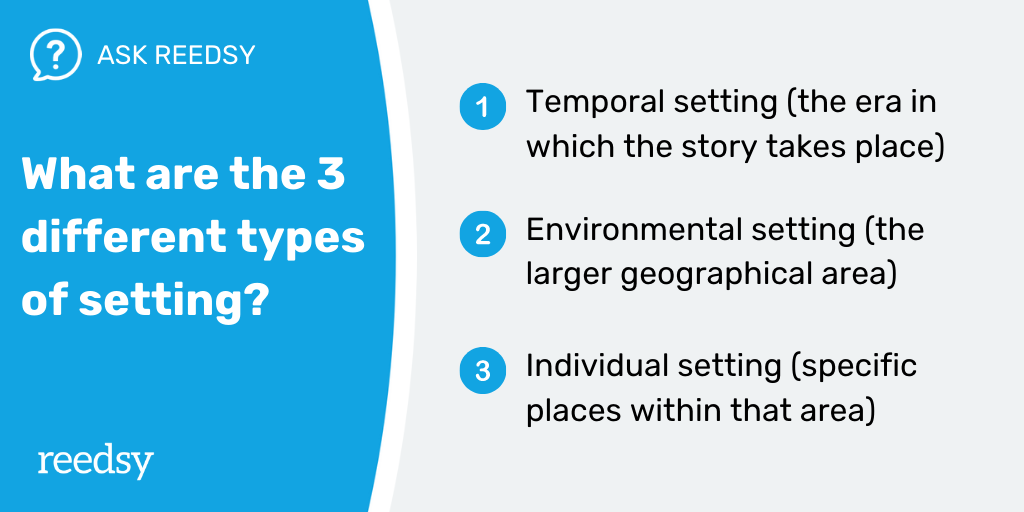
You might think of stage setting in terms of 3 "types": temporal, environmental, and soul. To march these concretely, let's look at the various settings of The Great Gatsby (insert concrete jungle joke here 🏙️).
- Temporal setting: the American 1920s, letter-perfect in the heart of the Jazz Eld.
- Biological science setting: southeastern New York State — Late York City and Long Island.
- Individual settings: Gatsby's mansion, Tom and Daisy's manse, Myrtle's apartment, the Mall Hotel, and many.
Note that barely as characters can be entire products of an author's imagination, so often are these individual settings! (The Manhattan Plaza Hotel obviously exists in real world, just the characters' residences in The Great Gatsby do non.) Authors oftentimes combine real time, real put, and invented — or at least embellished — individual settings, to ground the story in genuineness while maintaining tractableness on the details.
🎵
Tell us about your Quran, and we'll apply you a writing playlist
It'll just take a narrow!
Tale setting examples
You can probably think of a dozen more setting examples. But just to solidify the notion, here are three particularly strong ones, along with passages to show how to each one author paints the stage setting of their story.
Maycomb, Camellia State in To Kill a Mockingbird
Harper Lee's unparalleled classic or so North American nation race relations in the 1930s takes place in the small township of Maycomb, Alabama. Notice how the narrator, Scout, describes Maycomb as stiflingly humid and passe, establishing the era's status quo of subjugation and suffering:
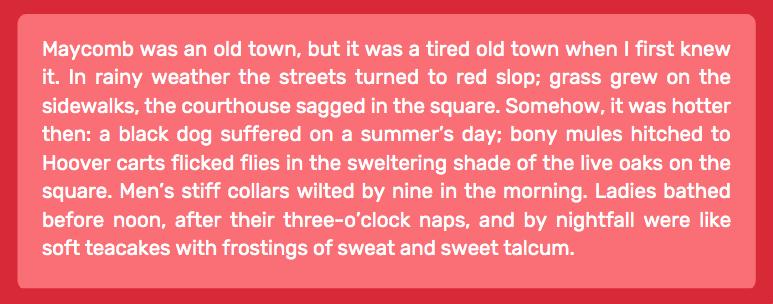
Narnia in The Leo, The Witch and the Wardrobe
Meantime in The Lion, The Witch and the Wardrobe, C.S. Lewis introduces Narnia as a wintertime wonderland full of possibilities — though it's somewhat deceiving in that the Patrick Victor Martindale White Witch has cursed the land to eternal cold. But it's decisive to the narrative that Narnia appears equally a still, snowy place that lulls Edmund into a false sense of security just before he meets the Hag:
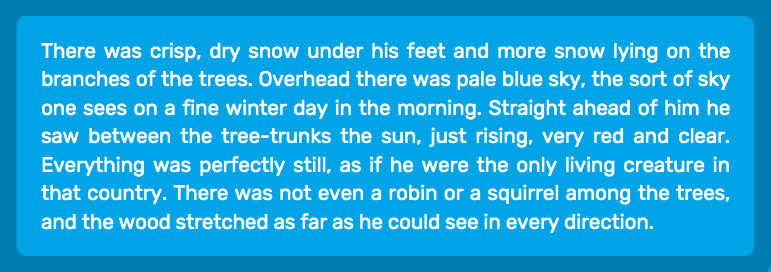
North West London in NW
For a more contemporary example, permit's look at a description of North West London in Zadie Smith's novel NW. As part of the novel's vision of London American Samoa a polyphonic city "containing multitudes," Smith describes the area in terms of some former inhabitants and current scenery. To arrive at the complex present, she must first acknowledge the historical:
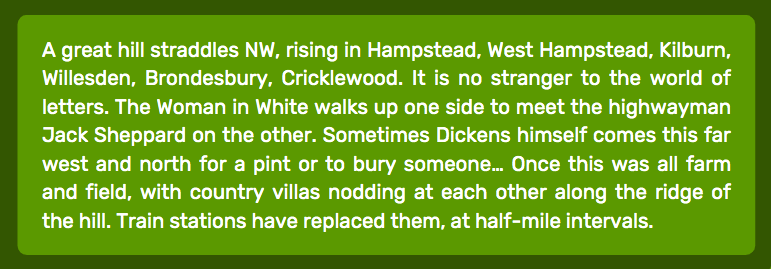
Of course, each of these passages provides sole a glimpse of the rest of the Word. As an author, don't just drop a paragraph of scene verbal description at the beginning and never mention setting again!
For place setting to be effective, information technology inevitably to filter through the entire story — fortuitously, this side by side section on how to write setting volition appearance you how to do just that.
How to indite setting in a story
1. Choose your setting wisely
Allow's blab ou about setting suitability: equally the examples above intelligibly demonstrate, all great taradiddle hinges on setting. The Great Gatsby would not solve if IT were set out during the Great Depression, and IT's almost impossible to imagine all but of Zadie Smith's books attractive place anywhere other than Jack London.
So before you start writing your story, make a point the setting fits like a glove. For any authors, this will be easy! But for others — peculiarly those who are doing a piece of worldbuilding for a sci-fi OR fantasize novel — choosing your setting may follow a bit trickier.
To fructify you (no pun intended) on the right path, here are a couple of primal questions to consider:
- Incisively where and when will your story take place? Take this time to nail down the details. If it's "contemporary," does that mean award Clarence Shepard Day Jr. surgery ten days ago? If it's in a certain country, what city or town? And if you cause multiplex settings, how long will the characters spend in each one?
- Is this setting a real place, and if so, how much research will it require to convey in corking faith? If it's merely supported a substantial place, how much overlap will at that place be?
- How will the scene of the story factor into the characters' lives? Bequeath it help them or keep them from achieving their goals? If neither, why choose this setting at all?
Once you've answered these to your expiation, you can resolve on your mise en scene (as information technology were) and begin constructing it in more detail.
2. Focussing on what's unique
Not every element of your setting will be worth noting, and so focus happening what's unique. Every urban center has buildings and sidewalks, just how are they different from every other city's? If mortal leans their head out the windowpane, what do they hear besides traffic or birds? Does the town square smell like bread from the local anesthetic bakery, surgery like pollution from a nearby factory?
Get the details guileless
Once again, look on your storey setting well-nig as another character. Just as you might plump out a eccentric visibility to fatten up their quirks, you can visibility your setting too! Here are some "mount profile" questions to mother you started:
📜 What's the history of this area?
🌦 What is the weather like each season?
🌇 What are the biggest landmarks of this setting?
🏡 In what sorts of residences do most masses live?
🚙 How do people tend to get around (walking, driving, etc.)?
👍 Why do people like (or dislike) living (or visiting) here?
The natural addition to each of these questions is: and how does this affect my characters? This is where you'll tap into the most interesting features of your setting — past considering how your characters will comprehend and react to what's around them. To quotation Carmen Maria Machado: "Setting is not inert. It is activated by standpoint."
Now, with a clear sensory faculty of what you desire to highlight in your environmental setting, you can move on to incorporating these features into your story.
Pro tip: When writing or so places you've never been or have only seen as a tourist, over-emphasizing famous landmarks equal Extended Ben, the Eiffel Tower, and the Empire Commonwealth Building will make water your work read corresponding that of an amateur. To fend off this, work about on Google Street View and discover roughly more mundane hangouts for your characters!
3. Use entirely five senses in descriptions

As you describe apiece setting of your story, make a point you don't clean talk about how IT looks. Instead, use whol five senses: sight, sound, smell, touch, and even taste.
You shouldn't use all of these in every description, nor should you continuously retrograde settings you've already represented. But A a rule of thumb, each time your characters visit a new location — OR experience that placement in a new context (e.g. at night rather than in the daytime) — you should give a paragraph to setting the scene.
Hither's a great example of concise and multi-sensory setting description from Leigh Bardugo's 9th House:
Inside, the music thumped and wailed, the heat of bodies washing over them in a gust of perfume and moist air. The of import square elbow room was dimly lit, jammed with populate circling skull-shaped vats of punch, the back garden strewn with strings of twinkling lights beyond. Darlington was already start to sweat off.
In sporting three sentences, we vex four taboo of five senses:
- Muckle ("dimly lit, packed with mass");
- Sound ("the music thumped and wailed");
- Smell ("a gust of perfume and wet publicise");
- Touch/material sensation ("already starting to sweat").
The rest of this party scene consists of mostly dialogue and action, merely Bardugo is careful to name each new room the characters get into, so the reader always has a clear picture of what's occurrence. So, the more you show rather than tell with sentiency-based setting descriptions, the more you'll bury readers in your story. Just don't hug dru overboard with pages and pages of detail — zero in on what's most interesting and unique.
🖊️
Which famous author do you write like?
Find out which written material luminary is your stylistic soulmate. Takes one and only minute!
4. Evolve your characters' relationships to the setting
Once you've self-established the characters in your history, you put up dig into their relationships with the setting.
These relationships can take many forms. Pronounce your main theatrical role has lived in the same town their entire life story; they power deliver a old fondness for information technology, or they could begrudge and feel trapped by the setting. Whatever you make up one's mind, pee predictable this shade comes through in your tale!
What you don't want is a character thusly freestanding from their environs that their story could take place anywhere. At scrimpy borderline, you need them to interact with the setting in specific, realistic slipway. For greater impact, habituate setting to challenge them, assist them, or both.
💪 Background American Samoa a challenge vs. stage setting as an asset
Susan Choi does an amazing job of position setting as a challenge in Trust Exercise, which begins with two tender characters trying to walk to to each one other in a vast, highway-dense city:
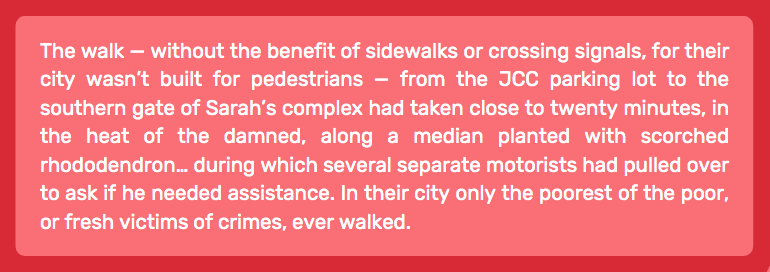
But setting doesn't need to oppose your characters systematic to feel relevant and meaning. Hera's an deterrent example of setting as an asset, from Madeline Miller's Circe, describing Circe exploring her unexampled island:
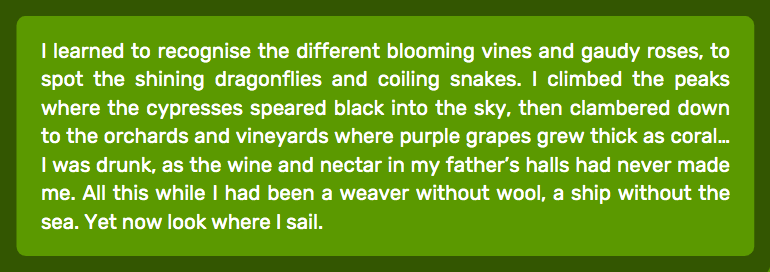
And retrieve, you're not limited to one or the early! Over the course of instruction of a story, a setting may play varying roles in a character's life, both sure and negative. Just make a point it doesn't sit there as an ineffectual backdrop.
5. Keep up your readers destined
The final sixty rule of story setting is: keep your readers adjusted. You don't want multitude to get distracted from your plot because they're too busy trying to disencumber where the action is happening!
Ironically, one of the fastest shipway to confuse readers is to give them too much setting detail. So when introducing a background, keep the description concise, as in the Ninth House example — a few redolent sentences will ut. If you make Sir Thomas More to say nigh the setting, you can incorporate it later.
In price of specific directions, again, less is Thomas More. "He walked out of his apartment building, turned left onto the touring, then right onto the pavement, then another far left onto another pavement" scarce makes for riveting storytelling. If you must exercise directions, at the least ensure they're consistent! Don't say the police base is on the easterly side of town, single to key the sun scope (a famously western phenomenon) bottom it in the next scene.
These are the kinds of issues that can very throw readers off, even subconsciously — so piddle sure you get them straight. If you'Ra particularly worried about setting inconsistencies, you pot always hire a text editor to comb through your work.
An editor in chief will ensure your setting is spotless ✨
The uncomparable copy editors are Here happening Reedsy. Sign capable meet them today.
Learn how Reedsy can help oneself you craft a esthetic book.
🗺️ Believe draught a mapping
Whether you're construction an elaborate human beings from sugar or simply want to be A accurate as accomplishable when representing a real place, a map out of your scene could help (you might eventide commission an illustrator to draw one for you). This will give you a more existent sense of your setting while you're piece of writing, also as streamline the reader's undergo down the line.
Here are some of our favorite fictional maps, for reference:
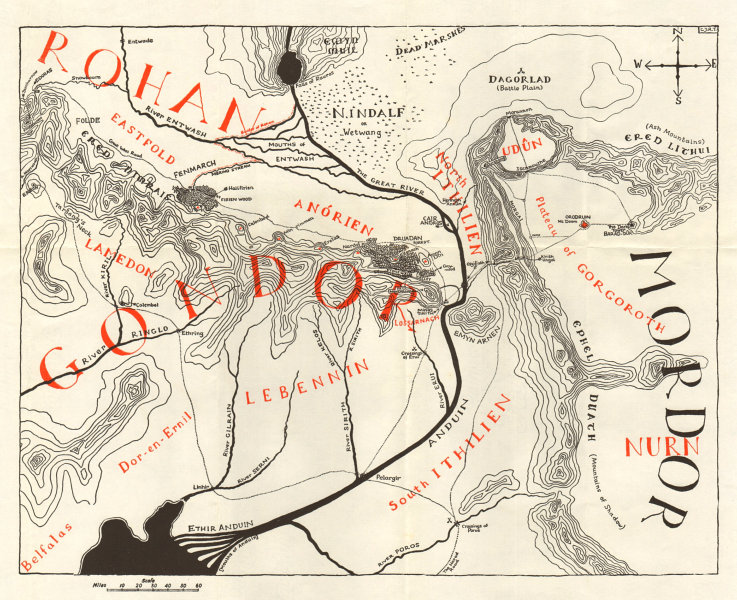
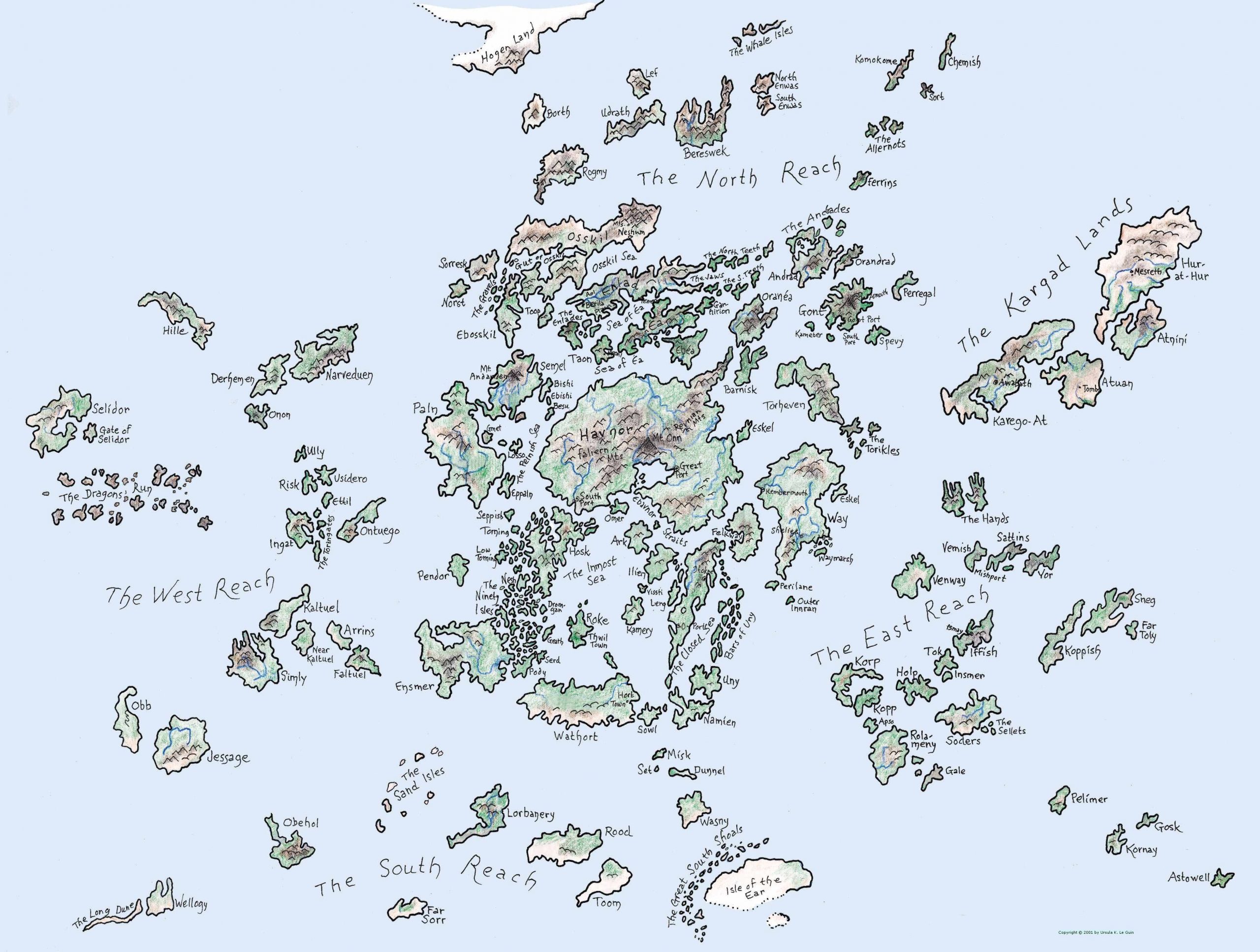
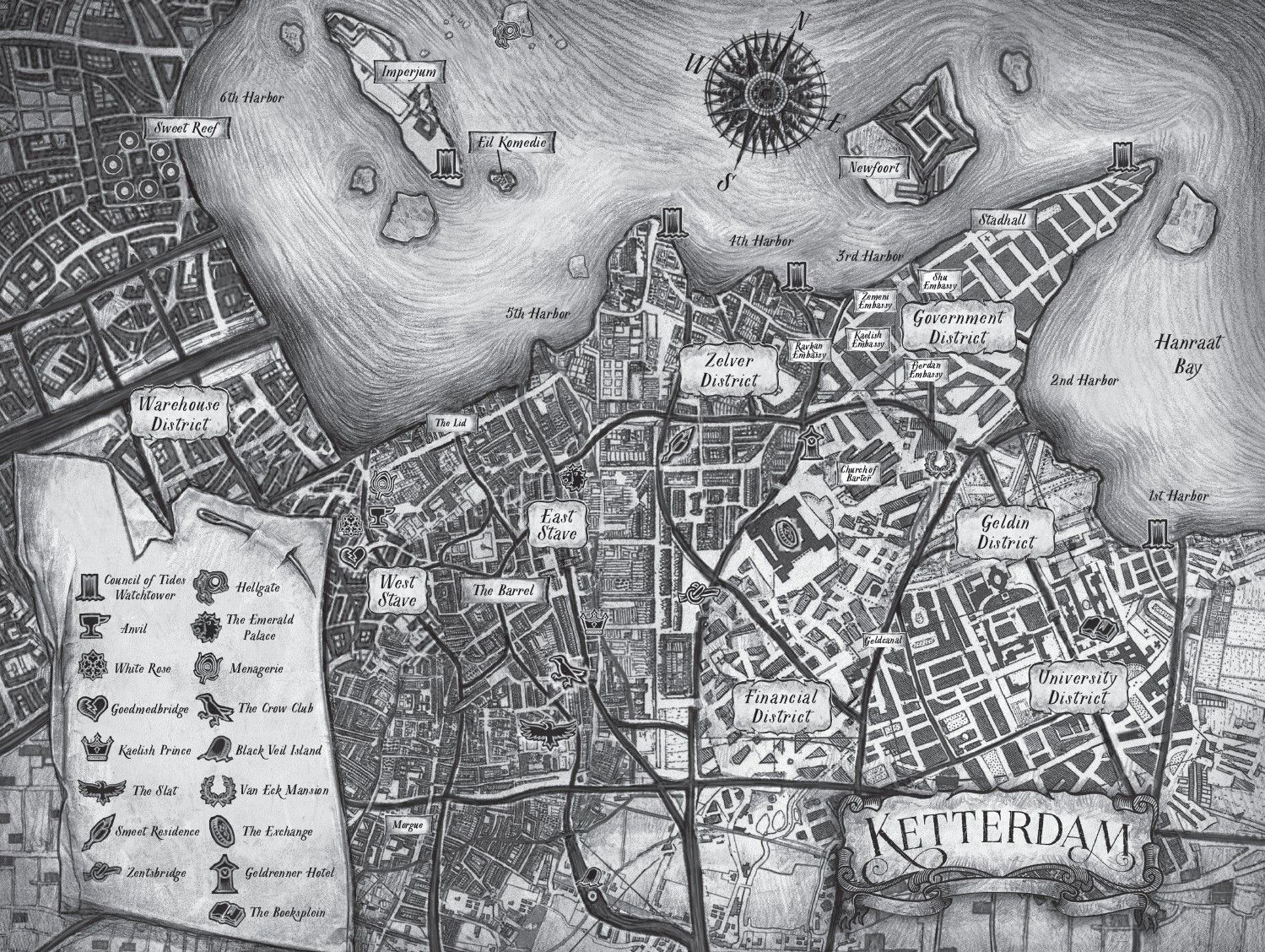
And there you have it — everything you motive to hump about writing the setting of a history! With a sound sense of clip and place and compelling, reference-based descriptions, you'll be swell on your way to conjuration a setting, like Narnia or Nothingness-Age NYC, that readers won't forget. It's an essential abuse to becoming a better writer.
what is the definition of setting in a novel
Source: https://blog.reedsy.com/setting-of-a-story/

Posting Komentar untuk "what is the definition of setting in a novel"